

— Blogs —
—Products—
 Consumer hotline +8618073152920
Consumer hotline +8618073152920 WhatsApp:+8615367865107
Address:Room 102, District D, Houhu Industrial Park, Yuelu District, Changsha City, Hunan Province, China
Product knowledge
Time:2025-10-11 14:15:20 Popularity:613
Greenhouse agriculture is an intensive production model with high inputs and high outputs, requiring the highest level of precision control over environmental parameters. In the production of high-value crops like tomatoes, even minor fluctuations in the environment can affect yield and quality. Soil sensors are the most critical "eyes" in greenhouse management systems.
Traditional greenhouse irrigation and fertilization rely on timing and experiential judgment, easily leading to localized nutrient accumulation or deficiency, impacting root health.
In substrate or soil-cultivated greenhouses, the data collected by sensors is more complex and critical than in open-field crops:
Core Indicator EC Value: This is a key metric for measuring nutrient ion concentrations in soil solutions. Tomatoes have strict EC value requirements during vegetative and reproductive growth stages. Sensors provide real-time feedback to guide the system in precisely adjusting nutrient solution formulations.
Precise Water Potential: Sensors provide root zone soil or substrate water potential, rather than simple moisture content, enabling more accurate judgment of whether tomatoes are under water stress and ensuring optimal growth rates.
Temperature Compensation and Multi-Point Measurement: Through layered deployment (e.g., 15cm, 25cm, 40cm), precise real-time status of the root activity layer is captured.
Data is not the end goal but the foundation for decision-making. Niubol enables farmers to "see" root zone changes, enabling scientific interventions.
Case Analysis: How Soil Sensors Optimize Tomato Growth Curves
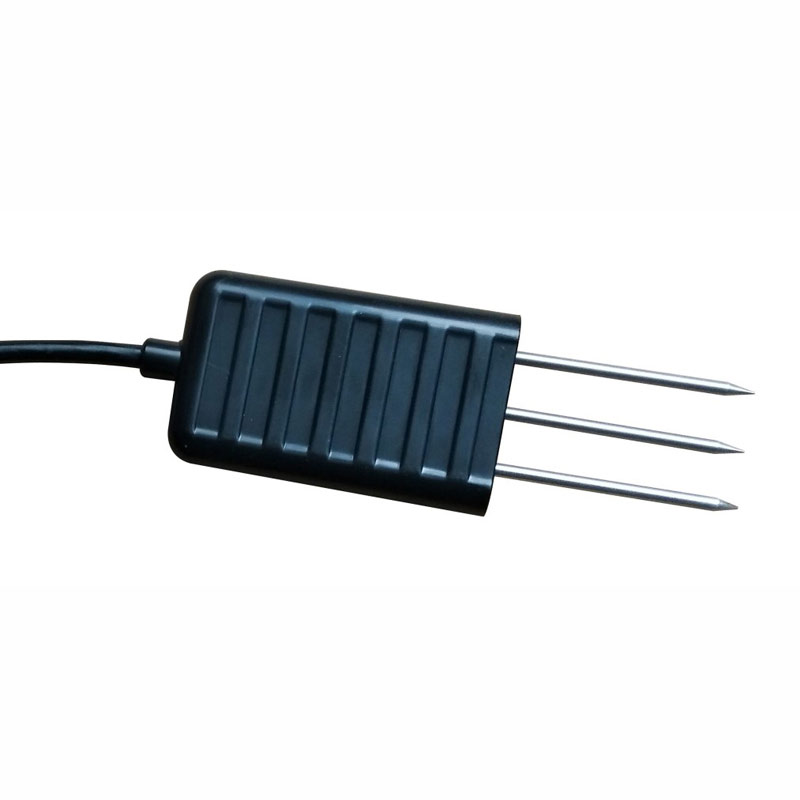 | 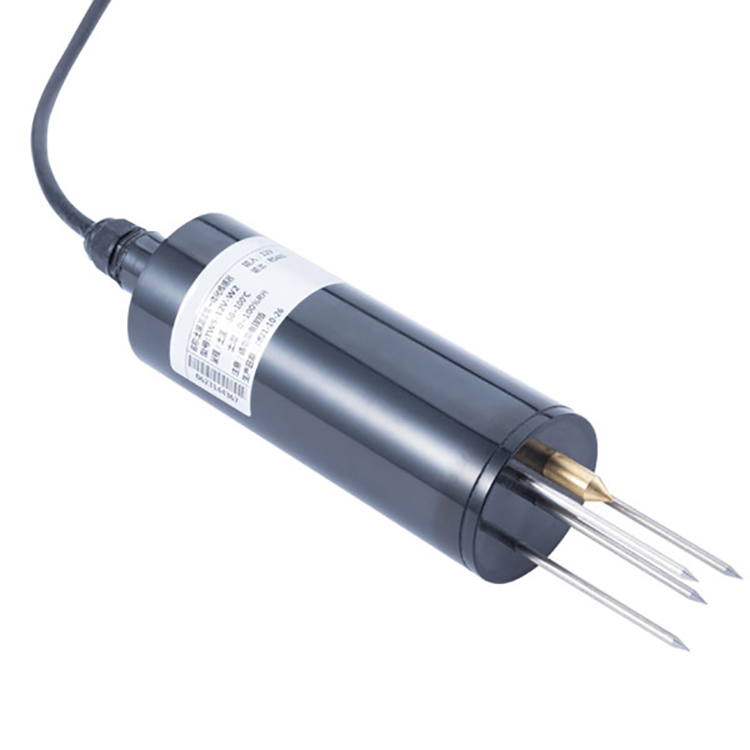 | 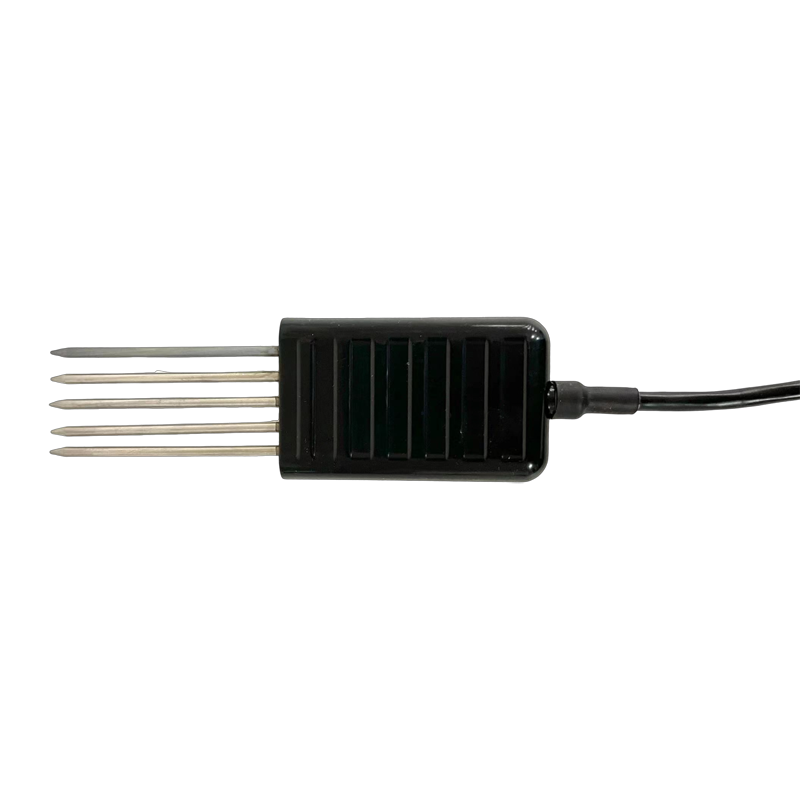 | 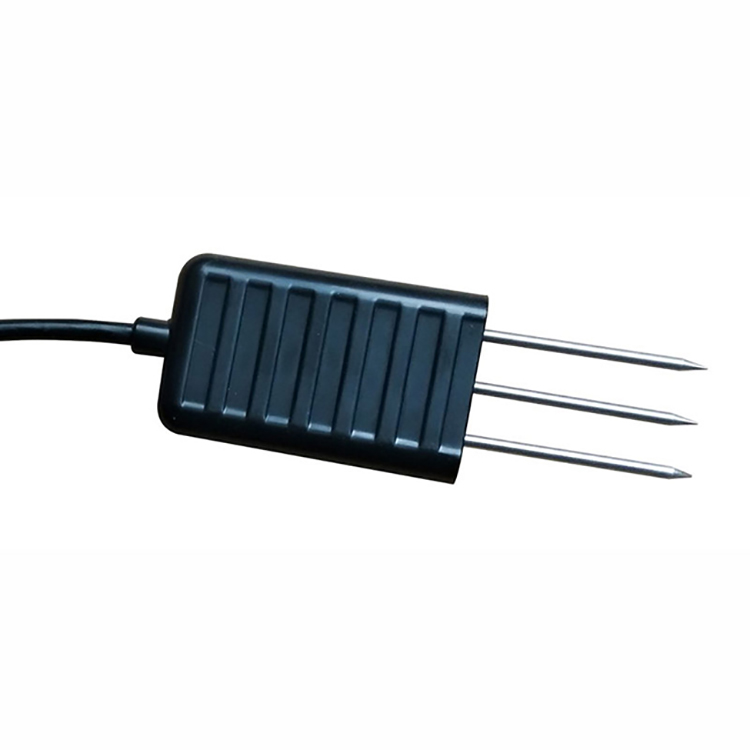 |
| Soil NPK Sensor | Soil Moisture Temperature sensor | 7 in 1 Soil Integrated Sensor | 3-in-1 Soil Temperature Humidity EC Sensor |
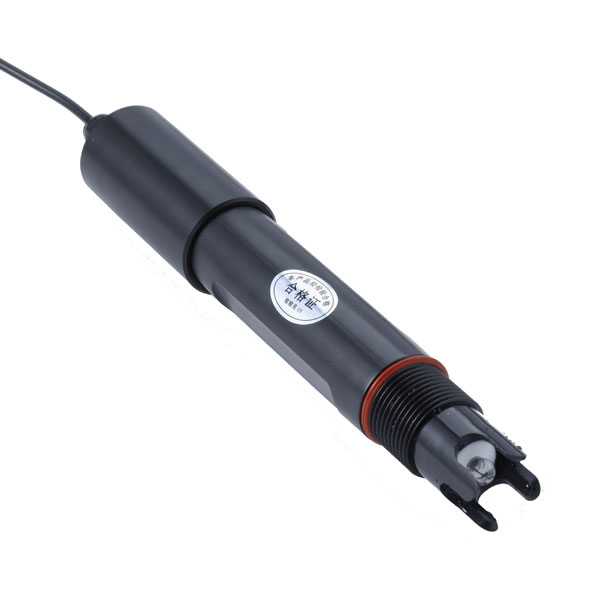 | 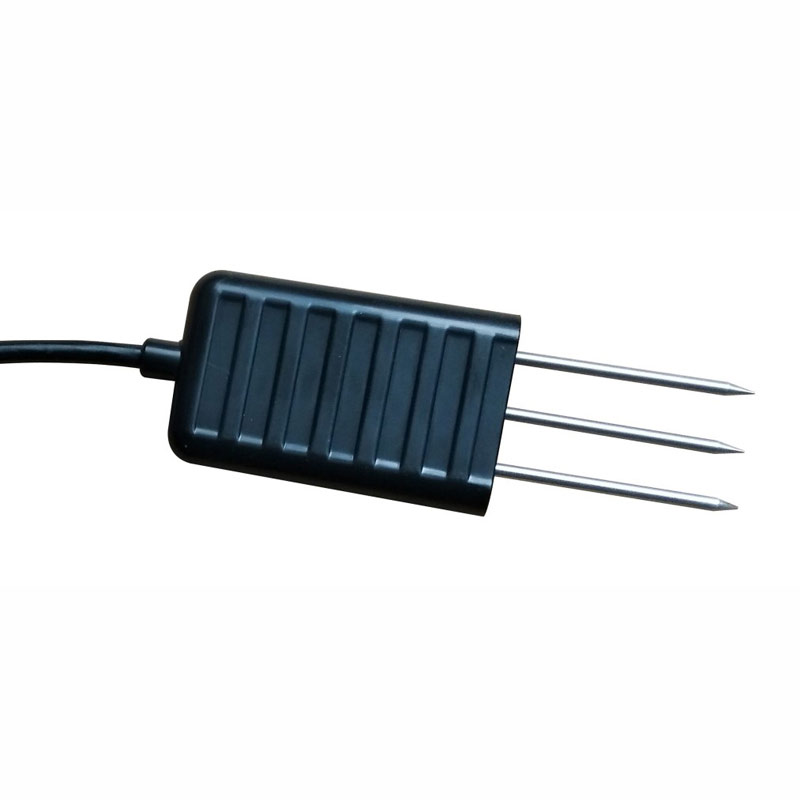 | 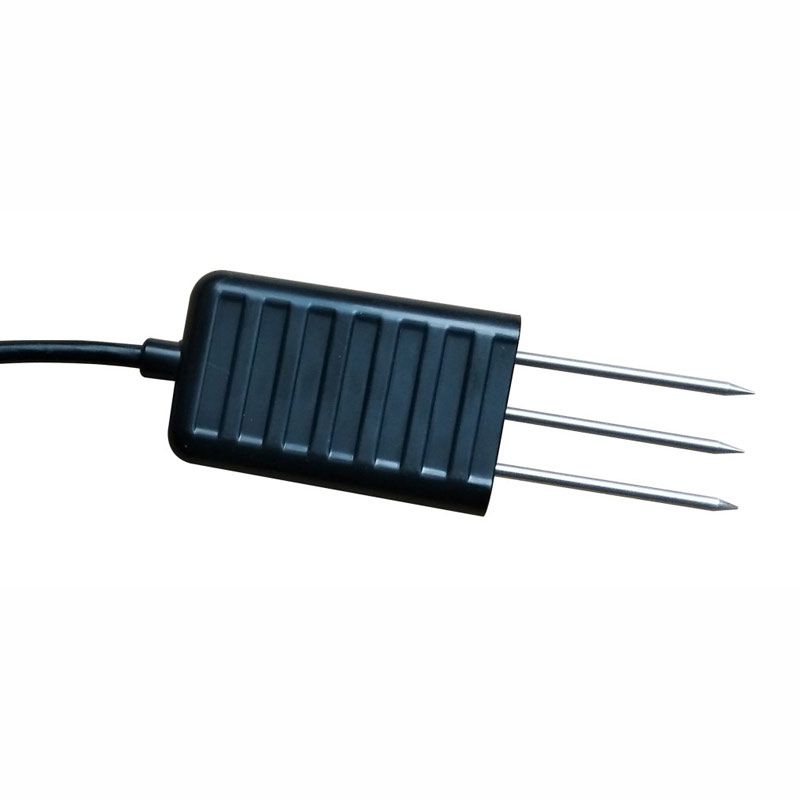 | 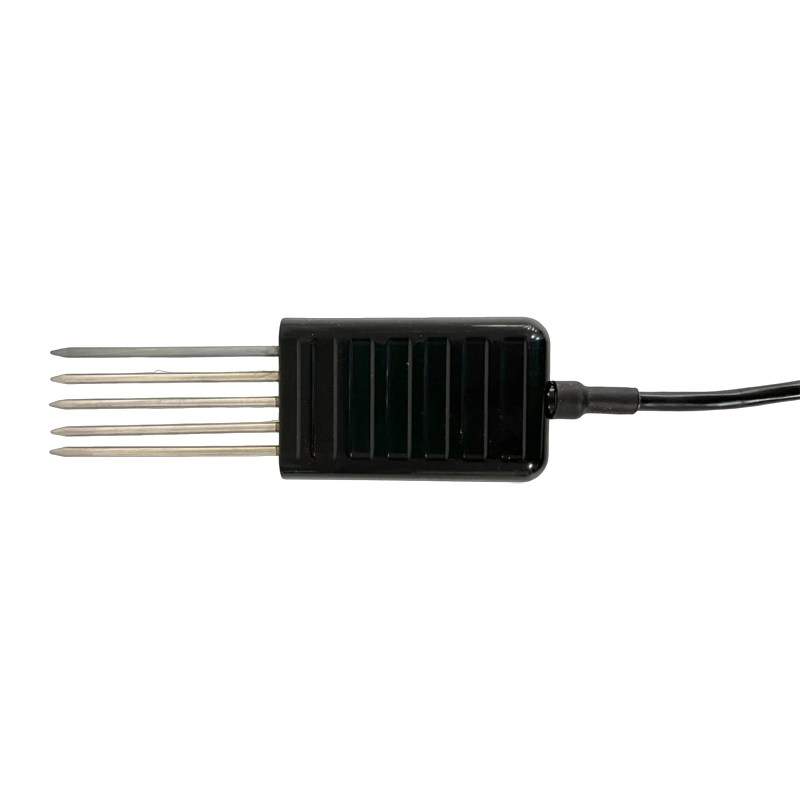 |
| Soil pH sensor | Soil EC Sensor | 4-in-1 Soil Temperature Moisture EC Salt Sensor | 8 in 1 Integrated Soil Sensor RS485 |
This case comes from a high-end vegetable greenhouse park in Asia, aiming to achieve dual improvements in tomato yield and quality through digital transformation.
By introducing advanced IoT soil sensor systems, greenhouse tomato planting achieved a qualitative shift from experiential feeding to precision nutrient delivery.
Integrated Water and Fertilizer Linkage: Intelligent Nutrient "Meal Planning" for Greenhouse Tomatoes
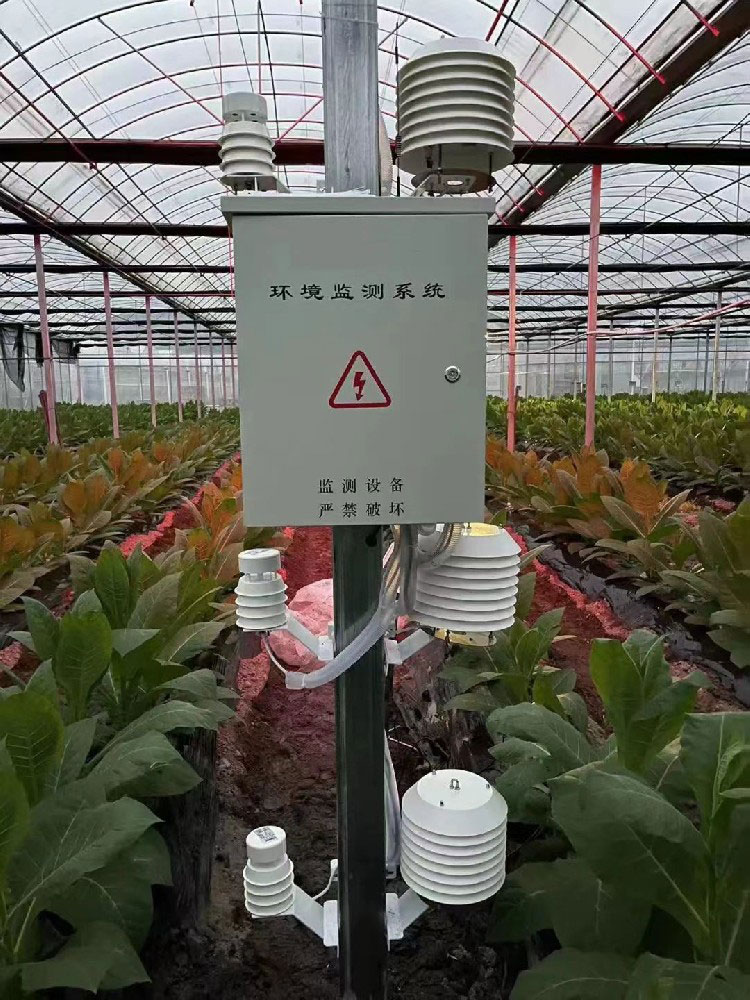
The sensor system forms a closed-loop control with the greenhouse climate control system and integrated water and fertilizer equipment.
1. Dynamic Irrigation Adjustment: Sensors monitor root zone humidity in real-time. Once below the preset threshold, and combined with light intensity (provided by weather stations) and transpiration rate (calculated by greenhouse sensors) to determine the need for replenishment, the system immediately activates drip irrigation.
2. Intelligent EC Value Correction: When the sensor detects that the root zone EC value deviates from the target range (e.g., target EC value of 3.0 mS/cm), the system automatically adjusts the concentration and ratio of the nutrient solution for the next irrigation based on the deviation and current moisture content, ensuring nutrient supply remains in the optimal absorption state for tomatoes.
3. Actual Application Case: A high-end vegetable greenhouse in Asia successfully achieved precise regulation of tomato fruit sugar and acidity by deploying high-precision soil EC/temperature/moisture sensors. In the later stage of fruit bulking, through high EC stress management guided by sensors, the average sugar content of tomatoes was increased by 1.5 Brix degrees, resulting in a 25% price premium.
The application of soil sensors not only enhances yield and quality but also brings significant operational and environmental benefits.

1. Resource Savings: Precision irrigation and fertilization eliminate water and fertilizer waste and leaching, achieving water and fertilizer savings of over 30%, reducing groundwater pollution.
2. Yield and Quality Leap: Optimized nutrient supply avoids issues like "hollow fruit" and "deformed fruit" in tomatoes, ensuring fruit uniformity, with total yield increases of up to 15%–25%.
3. Risk Reduction: Prevents salt damage or root burn due to uneven fertilization, lowering farm operational risks.
Niubol is committed to providing the highest precision and most durable greenhouse-specific soil sensors. We offer not just hardware, but a mature model for precision management of greenhouse tomatoes.
Take Action: Learn about our greenhouse tomato sensor solutions to elevate your greenhouse production to higher levels of automation and lean management.
| Technical Module | Functional Highlights |
| Multi-Layer Sensor Array | Precise monitoring of moisture and EC changes at different depths |
| Cloud Visualization Platform | Supports real-time monitoring via mobile and web |
| Open Protocols | Compatible with Modbus, LoRa, HTTP, MQTT, etc. |
| Industrial-Grade Protection | IP68 waterproof and dustproof, adapts to extreme greenhouse environments |
Niubol not only provides sensors but also complete smart agriculture solutions.
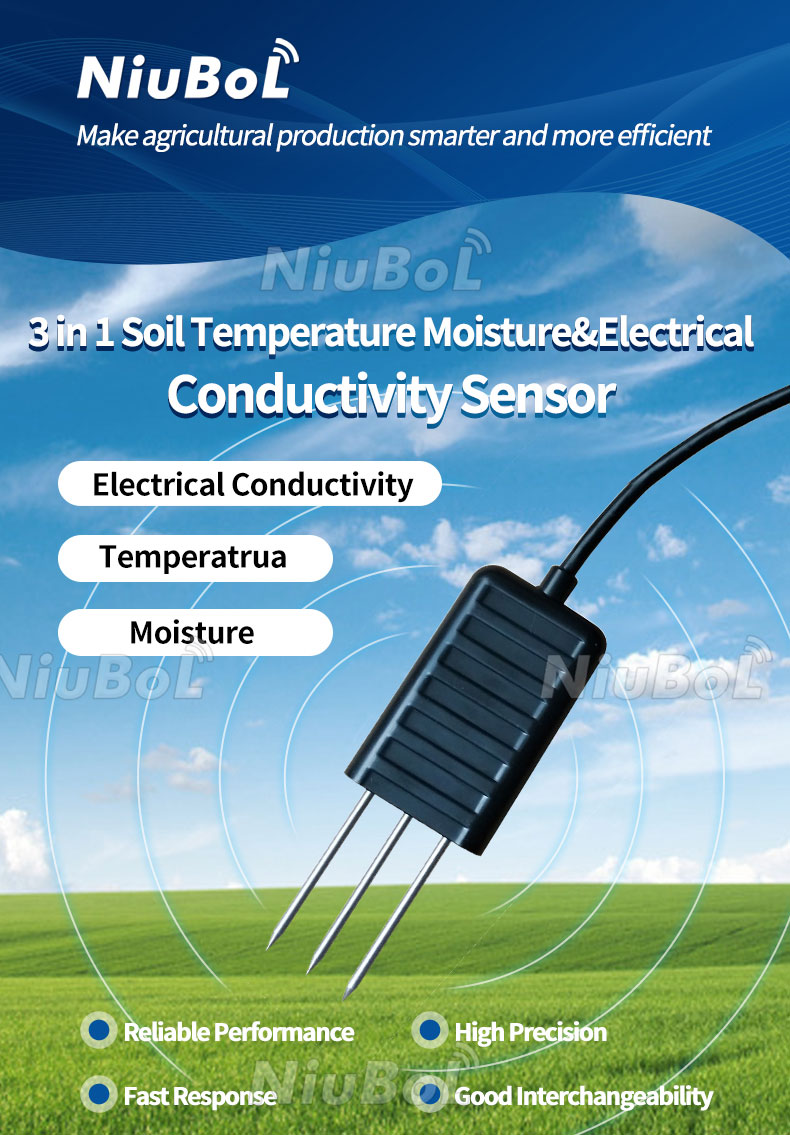
A: Yes, our soil sensors are specifically designed for different cultivation media, including rockwool, coconut coir, perlite, and other soilless substrates. Tailored to the low buffering capacity of substrates, the sensors offer faster response times and higher precision, especially suitable for soilless systems sensitive to EC value changes.
A: It is recommended to install sensors 15–25 cm below the drip irrigation tape, which is the most active area for tomato roots. Typically, multiple monitoring points are set in each greenhouse zone to ensure data reflects the average root zone environment of the entire area.
A: Our IoT platform integrates all environmental data. For example, under high light and high CO₂ conditions, tomatoes' transpiration and nutrient uptake rates increase. The system intelligently adjusts the target EC value range and irrigation frequency based on this linked data, achieving global optimization of environmental parameters.
1.NBL-S-THR Soil Temperature Moisture Sensor datasheet
NBL-S-THR-Soil-temperature-and-moisture-sensors-Instruction-Manual-V4.0.pdf
2. NBL-S-TMC Soil Temperature Moisture EC Sensor datasheet
NBL-S-TMC-Soil-temperature-and-moisture-conductivity-sensor.pdf
3. NBL-S-TM Soil Temperature Moisture Sensor datasheet
NBL-S-TM-Soil-temperature-and-moisture-sensor-Instruction-Manual-4.0.pdf
4. NBL-S-TMCS Soil Temperature, Moisture, Conductivity and Salinity Integrated Sensor
NBL-S-TMCS-Soil-Temperature-Humidity-Conductivity-and-Salinity-Sensor.pdf
Prev:Water Quality and Environmental Sensors for Aquaculture Farms
Next:Smart Irrigation in Citrus Plantations Using IoT Sensors
Related recommendations
Sensors & Weather Stations Catalog
Agriculture Sensors and Weather Stations Catalog-NiuBoL.pdf
Weather Stations Catalog-NiuBoL.pdf
Related products
 Combined air temperature and relative humidity sensor
Combined air temperature and relative humidity sensor Soil Moisture Temperature sensor for irrigation
Soil Moisture Temperature sensor for irrigation Soil pH sensor RS485 soil Testing instrument soil ph meter for agriculture
Soil pH sensor RS485 soil Testing instrument soil ph meter for agriculture Wind Speed sensor Output Modbus/RS485/Analog/0-5V/4-20mA
Wind Speed sensor Output Modbus/RS485/Analog/0-5V/4-20mA Tipping bucket rain gauge for weather monitoring auto rainfall sensor RS485/Outdoor/stainless steel
Tipping bucket rain gauge for weather monitoring auto rainfall sensor RS485/Outdoor/stainless steel Pyranometer Solar Radiation Sensor 4-20mA/RS485
Pyranometer Solar Radiation Sensor 4-20mA/RS485
Screenshot, WhatsApp to identify the QR code
WhatsApp number:+8615367865107
(Click on WhatsApp to copy and add friends)
